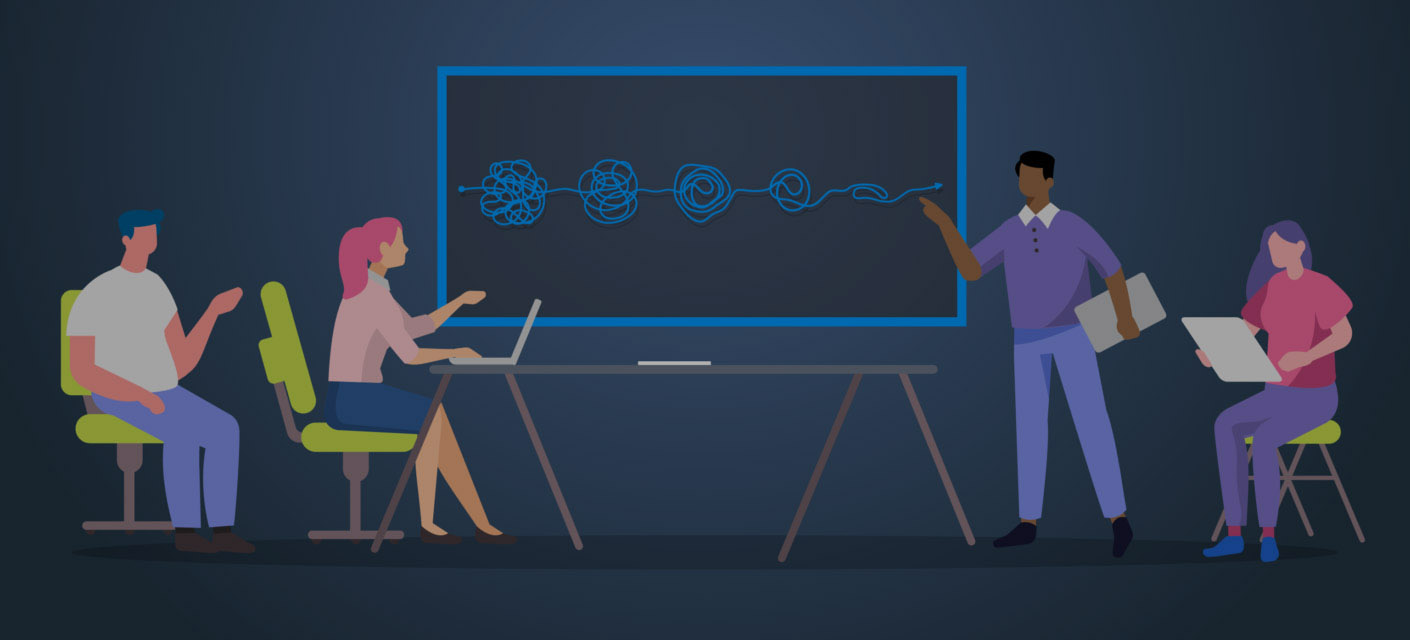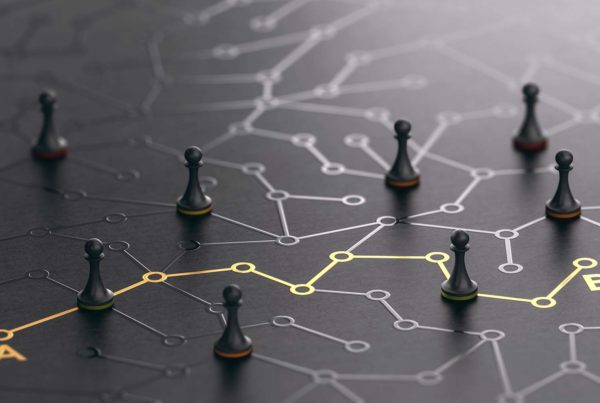A few terms are, in today’s vernacular, pervasively used in the world of product development and design. Human-Centred Design, Bio-Inspired Design, Ecocentric Design are some of them. Though they are often thrown around with little meaning, they do hold immense weight and importance. When we observe the defined processes for them, along with Design Thinking and the like, for good reason, we do see a range of definitions. The way these are understood and observed varies pretty broadly though the end goal remains consistent. Variety in thought and approaches are extremely important when seeking creativity.
However, in many of the approaches that we come across, we do notice that they do tend to focus on certain aspects while overlooking many others. It isn’t uncommon to see highly skilled designers materialise magnificent designs that are a delight for the eyes and for the mind. As wonderful as they may be as pieces of art, that is what they often are, pieces of art. Though they might have set out to design a solution that would actually solve a problem, realising those designs at a scale might just not be feasible. And this is just one such example.
We might need to normalise processes that are fundamentally holistic in nature. Not monolithic and limiting creativity, but all-encompassing. The amount of data that could be curated in the generation we live in is far more than sufficient. We have documented problems, solutions, and problems that arose from solutions and so on for decades. We could be using this knowledge and these heaps of data to classify and segment various aspects that would play a role in designing solutions for the real world, in order to make our processes more effective and meaningful.
Design
We humans are very complex beings, we understand ourselves only to a limited extent, and that to some isn’t easy to accept. As emotional beings, how we interact with products, how those products associate with our moods and our nature, make a significant difference to the experience the user would have. We just aren’t robotic; as much as we’d want objectivity to drive our decision-making and therefore our contentment, that just is not the case. Additional to the perception and acceptance of a product, our psychological response to experiencing the product, our emotional response, how they touch our ethnocultural sensitivities play a massive role in the comfort of using and the desirability of the product. In some cases, these might be consciously understood, while in many, they might be subconscious responses that aren’t easily comprehended. The ideals upheld in Human-Centered Design methodologies would be a sizable subset of this. The importance of these could be observed when we encounter highly efficient products with very high efficacy, but somehow are stressful or unpleasant to use if not frustrating. Some tend to either be uneasy to acclimatise to, or just upfront undesirable; it is pretty easy to come across various software products today that, from the end user’s perspective, are which negatively populates their mental space in an unstructured and obtrusive manner.
Along with the individual experience of the product, a strongly correlated aspect would be the social experience of the product; how it fits within the socio-cultural norms, societal values and ethics, and how it influences the bonding between multiple parties, may it be acquaintances working together using a tool, or the affinity between a couple when using a household item. The fulfilment of compassion, love and understanding often tend to heavily impact emotions and moods in social life, which in turn impacts multiple aspects of mental health and wellbeing amongst various other things.
The other major aspect would have to be the biological impact on the users themselves and the users’ environment. This would include medical and psychological responses (an overlapping area from the previous categorisation) along with various others depending on the area the product falls into, such as physiological, ophthalmological, etc. The majority of them would be directly related to the sensory responses.
Engineering
Greatly related to the aforementioned aspects would be the environmental footprint of the product for the product’s entire life cycle, from designing and production to disposal or recycling. The reusability or repurposability of a product, and its compatibility with a circular economy are very casually overlooked in the real world, even though on paper, attempts are being made. Very few big firms have taken these up seriously, driving over the natural compassion we possess for our fellow beings and for the generations to come over profitability. This further could be understood and studied from compounded lenses such as the inspiration from, interaction with, and the impact on our environment. As with many other sub-classifications, there is a significant overlap between the design and the engineering of a product’s recyclability and other related areas.
The efficacies to be met, the robustness or resilience needed (sometimes, the planned obsolescence), the limitations presented from our understandings or advancements in technology, the limitations presented from the contexts of the problems and so on are usually numerically put down, and the specificities of the challenges are understood over the process of creation and operation, while to a lesser extent over the process of reallocation of the resources.
In other words, when it comes to engineering, the end goals can often be very well defined; the quality metrics expected, the efficiency targets, cost factors and the like. Contrarily, when it comes to design, defining end goals that are very rigid in nature tends to pull creativity back.
Economics
Profitability when reasonably plotted is crucial for any product’s success in a competitive market. Business, strategy, market research and analytics would be crucial to assess the scopes, however, the foundational motives could be contemplated upon. These would be directly correlated to the economic and financial aspects of the design itself: The ease of manufacturing the designed product and the feasibility of realising it at the intended scale in the intended region with circumspective supply chain and logistical infrastructures, and how the manufacturability at that said scale would map against the environmental impact for the same throughout the usage cycle. The economic and environmental factors during usage and maintenance are given light to but economic and environmental factors at the time of disposal or repurposing is yet another area that might need a dedicated academic discipline of its own. Intersecting with this would be the need to normalise integrating models for continuous development and improvement cycles, sometimes at the product level, and sometimes at the production level.
Contingencies are rarely if ever considered during development or deployment in most industries. This undermines the ability to pull back safely if something does go wrong, or if a massive drawback is found later in the timeline. As our products’ life cycles shorten, this becomes more and more relevant. The ability to enable a safe and easy transition to where we want to be from where we are isn’t always given enough heed in the right manner; though they lead to exciting disruptions, they very often come with a tonne of unintended consequences that some regions just aren’t prepared or equipped to handle. The advantages of disruptions in how they accelerate innovation should be preserved but with critical assessment.
While all of this does appear to be expensive from an HR and RnD perspective, we do waste quite a bit of our skilled resources in repetitive unintelligent tasks and chores. But the future could have AI replacing those altogether, hopefully enabling each one of us to be problem solvers in our own regard. Whatever the underlying processes may be, they have to be consistent in how they work for large business and for rapidly evolving startups.
Why IDE?
When we first started out, our theories revolved around Pragmatic Perfectionism. We then evolved to IDE, a holistic approach to innovation in design and engineering, which, although an advancement, was still very mechanical in nature. Albeit the branding pertaining to our methods continue be identified as IDE, this article covers the progress we have made since. Being a young team driven to unceasingly grow and move forward, we know we will continue to progress. And simultaneously, our understandings and our methods too, will continue to progress.
Culminating the Philosophy
What we innovate in, should be symbiotic with our natural subsistence. Things that are naturally distributed in nature, should drive us to develop distributed infrastructures and their corresponding solutions. Things that are naturally centralised in nature, should drive us to develop centralised infrastructures and their corresponding solutions. What we build up around us should be so subtle and seamless that it all goes unnoticed unless specifically observed.
Most of the real-world problems around us are multifaceted in nature. For sustained effectivity in general: Multifaceted problems require multidisciplinary solutions. We need generalists with a broad understanding of such principles, working in tandem with specialists. Furthermore, both generalists and specialists having at least a basic appreciation for the multidisciplinary nature of real-world problems and solutions might help everyone in understanding each other and our need for having unified visions with underlying values that are consistent and firmly grounded from the very fundamentals.
Inputs are welcomed and appreciated! Reach us at hello@aufenbach.com
Author: Mohamed



